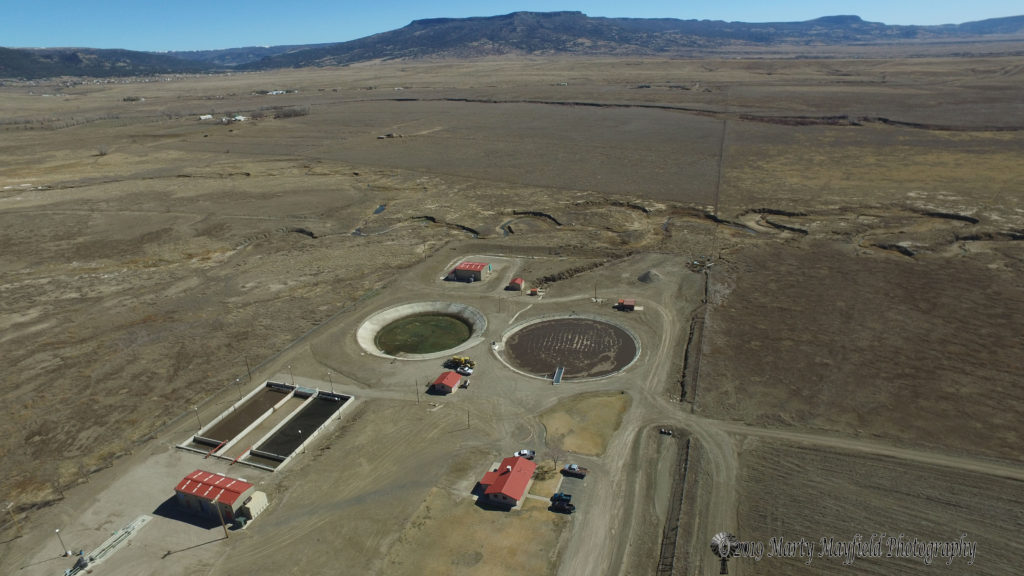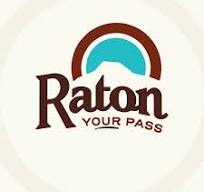By Marty Mayfield
KRTN Multi-Media
Thursday evening at city hall the New Mexico Environment Department Surface Water Quality Bureau’s Rachel Jankowitz and Heidi Henderson shared the findings of water quality tests that were done in the Canadian River watershed with a small group of government officials.
Jankowitz began the meeting going over some of the reasons for the survey which are bringing the state in compliance with EPA water quality standards. The Federal Clean Water Act provides for the restoration of polluted waters to “a level of water quality that provides for the protection and propagation of fish, shellfish and wildlife, and provides for recreation in and on the water.”
Total Maximum Daily Load, TMDL, is a calculation of the amount of pollutants that can enter a body of water without causing impairment or exceeding the water quality standard. This is important to the City of Raton as treated waste water from Raton is released into the Canadian River. The water that is released must meet water quality standards in order to be permitted for release. Raton Water Department has completed projects at the waste water treatment plant in south Raton over the years in order to keep up with the changing regulations. So far Raton has managed to stay ahead of the curve and has been able to keep the costs down to the rate payers.
However, in some locations that may not be the case as in Ruidoso’s case where they had to spend $30 million to do upgrades to their waste water system to meet new regulations. Raton Water Manager Dan Campbell noted that a lot of municipalities are waiting on the technology to catch up with the new standards being set.
Contaminates that were found in the waters from Raton to Ute Lake included Aluminum, E. Coli and plant nutrients. The aluminum is a concern mostly to fish as it binds to the gills impairing the function of the gills and is naturally occurring in the area from Conchas Dam to Salitre Creek.
E. coli is a concern as it causes sickness in high enough quantities. Henderson noted that the E. coli has many sources from crop production (dryland) industrial waste including treatment sites, pavement and impervious surfaces to natural disturbances such as waterfowl, wildlife and forest runoff. Rangeland grazing and feeding operations can also be a source.
Plant nutrients are a concern as the nutrients can cause excessive algae production. The algae can cause nuisance odors and an unsightly appearance as well as reducing mobility for aquatic life. High concentrations of algal blooms can produce toxins. Sources for plant nutrients are the same as for E. coli and vary greatly.
TMDLs are used in regulatory programs such as the National Pollutant Discharge Elimination System permitting program to set standards. The TMDLs are also tied to funding through grants and programs such as the watershed protection program and water quality improvement projects.
The Surface Water Quality Bureau is currently in a 30-day comment period concerning the TMDLs and will present a final draft to the Water Quality Control Commission in August. The full results of tests and a way to comment on the survey can be found at https://www.env.nm.gov/surface-water-quality/under the heading of Monitoring, Assesment and Standards Section. The documents includes test results, maps of the watershed area and explanations of causes and sources. (Link to Canadian-TMDL_Public-Comment-Draft)







